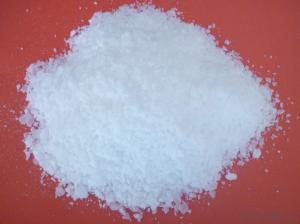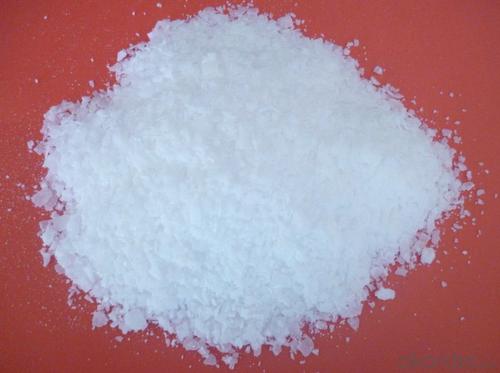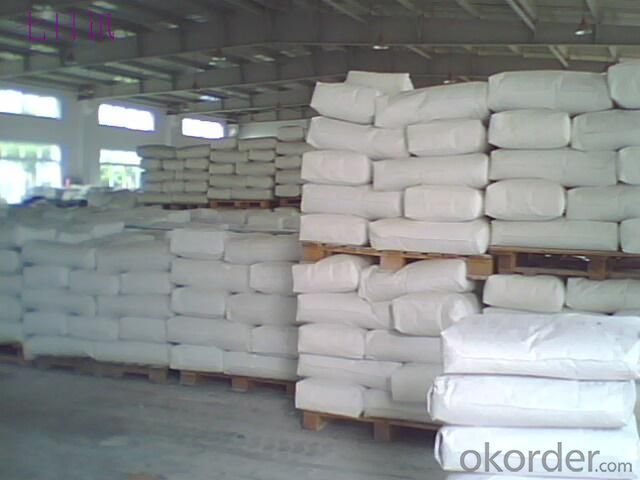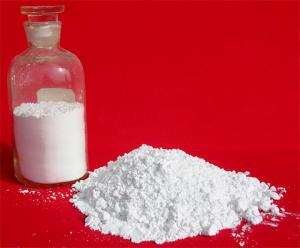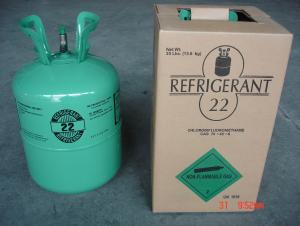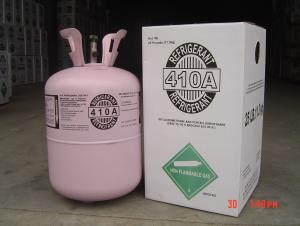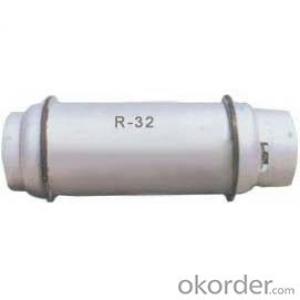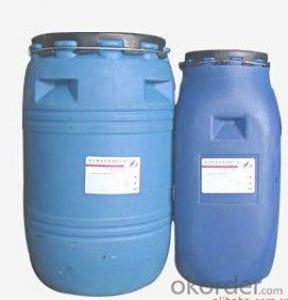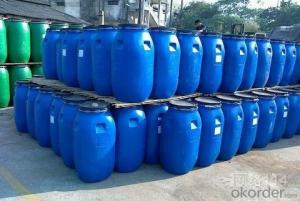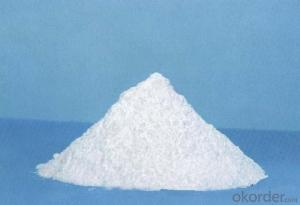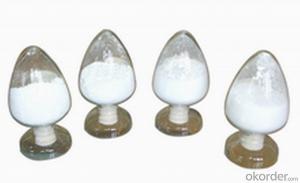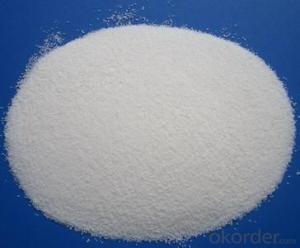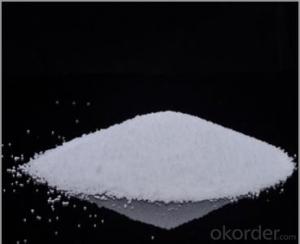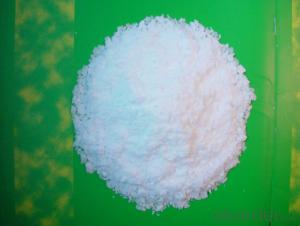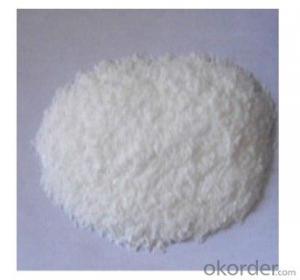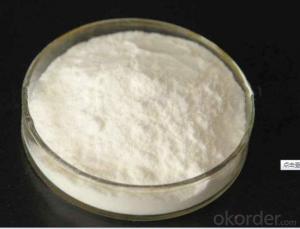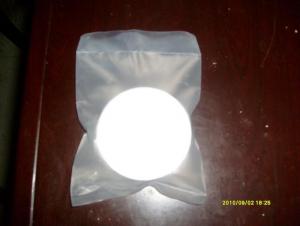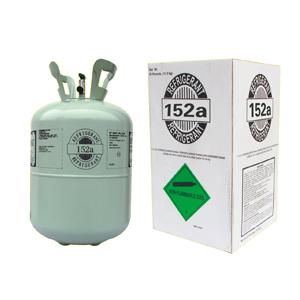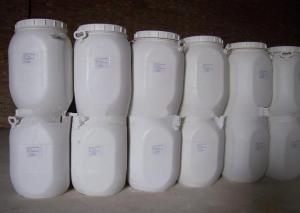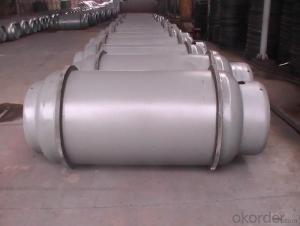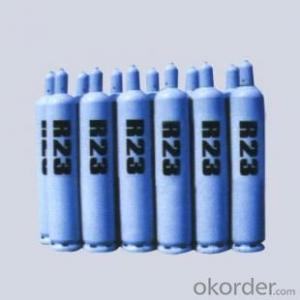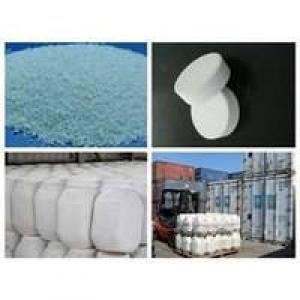Stearic Acid 1820
- Loading Port:
- Tianjin
- Payment Terms:
- TT OR LC
- Min Order Qty:
- -
- Supply Capability:
- 8000MT/month m.t./month
OKorder Service Pledge
OKorder Financial Service
You Might Also Like
Stearic acid
Formula: C18H36O2
Structural Formula:CH3(CH2)16COOH
Product Description:
Shaped like Lump, flake; Saturated fatty acid mainly with C16 and C18, white flake solid at ambient temperature, not dissolved in water, slightly dissolved in benzene and carbon bisulfide, and easily dissolved in hot alcohol. No smell no poison. It has the general chemical properties of organic carboxylic acid.
Physicochemical Properties:
pure product is white with a shiny soft small pieces, melting point 69.6 degrees, the boiling point of 376.1 degrees. Relative density 0.9408, refractive index 1.4299, slowly volatile in the 90-100 degrees. Slightly soluble in cold water, soluble in alcohol, acetone, soluble in benzene, chloroform, ethyl ether, carbon tetrachloride, carbon disulfide, toluene and so on.
Specification:
Item | Index | |||||
Grade No. | 1842 | 1838 | 1820 | 1860 | 1870 | 1880 |
Iodine value gI2/100g ≤ | ≤5.0 | ≤5.0 | ≤5.0 | ≤6.0 | ≤7.0 | ≤8.0 |
Saponification value mgKOH/g | 206~211 | 206-213 | 214-216 | 193-220 | 193-220 | 192-218 |
Acid value mgKOH/g | 208~210 | 210~211.5 | 214-225 | 182-218 | 192-218 | 193-220 |
Chroma (Hazen) ≤ | ≤60 | ≤80 | ≤100 | 200-400 | ≤150 | 400 |
Freezing point °C | 54~57 | 54~57 | 55~57 | 54 | 52 | 52 |
Moisture % ≤ | ≤0.2 | ≤0.2 | ≤0.2 | ≤0.3 | ≤0.3 | ≤0.3 |
Inorganic acid % ≤ | 0.001 | 0.001 | 0.001 | 0.001 | 0.001 | 0.001 |
Suggest Uses:
Mainly for the production of stearic acid salts: Widely used system for cosmetics, plastic cold-resistant plasticizer, release agent, stabilizer, surfactants, rubber vulcanization accelerator, waterproof agent, polishing agent, metal soap, metal mineral flotation agent, softeners, pharmaceuticals, and other organic chemicals.
In addition, oil-soluble pigments can be used as solvents, crayons transfer slip agent, waxed paper lighting agent, stearic acid glyceride emulsifier, etc..
Packing :25/50kg in PP bag ,25MT/20GP
Product Storage:
in dry warehouse ventilation should be more than 10mm from the ground to avoid damp products in the above-mentioned conditions, from the date of delivery for one year shelf life.


- Q: The main role of sugar?
- The energy of life
- Q: Will AsH3 (arsenic trioxide) is organic or inorganic
- AsH3 (arsine trihydride) is not containing C element
- Q: What is "organic" and "inorganic" in chemistry?
- Carbon-free substances or carbon oxides, carbonates, bicarbonates are organic matter
- Q: Does Organic Chemistry Study the Performance of Hydrocarbons and Their Derivatives?
- Also study the structure and transformation
- Q: Calcium fatty acid is an organic or inorganic chemical
- All fatty acids are organic chemicals
- Q: Is the reaction of carboxylic acid and ammonia easy?
- Easy acid and alkali reaction
- Q: What are the characteristics of the reduction of carboxylic acid and its derivatives?
- NaBH4-ZrCl4 reagent system In the THF-toluene mixed solvent, at the reflux temperature, some of the carboxylic acid and its derivatives can be reduced to obtain the corresponding high yield of alcohol.
- Q: The difference between methanol fuel oil and alcoholized oil
- Methanol is best burned
- Q: Commodity fine chemical industry is good or organic intermediates synthesis is better?
- Domestic in terms of the day I think the high-end enterprises are not good into Such as Procter & Gamble Unilever, demanding, treatment Ye Hao, two intermediates is probably a little bit toxic, but do protective measures should be okay
- Q: How the most primitive life on earth is produced under what conditions
- Girl empty bird, YY out drop
Send your message to us
Stearic Acid 1820
- Loading Port:
- Tianjin
- Payment Terms:
- TT OR LC
- Min Order Qty:
- -
- Supply Capability:
- 8000MT/month m.t./month
OKorder Service Pledge
OKorder Financial Service
Similar products
Hot products
Hot Searches
Related keywords
